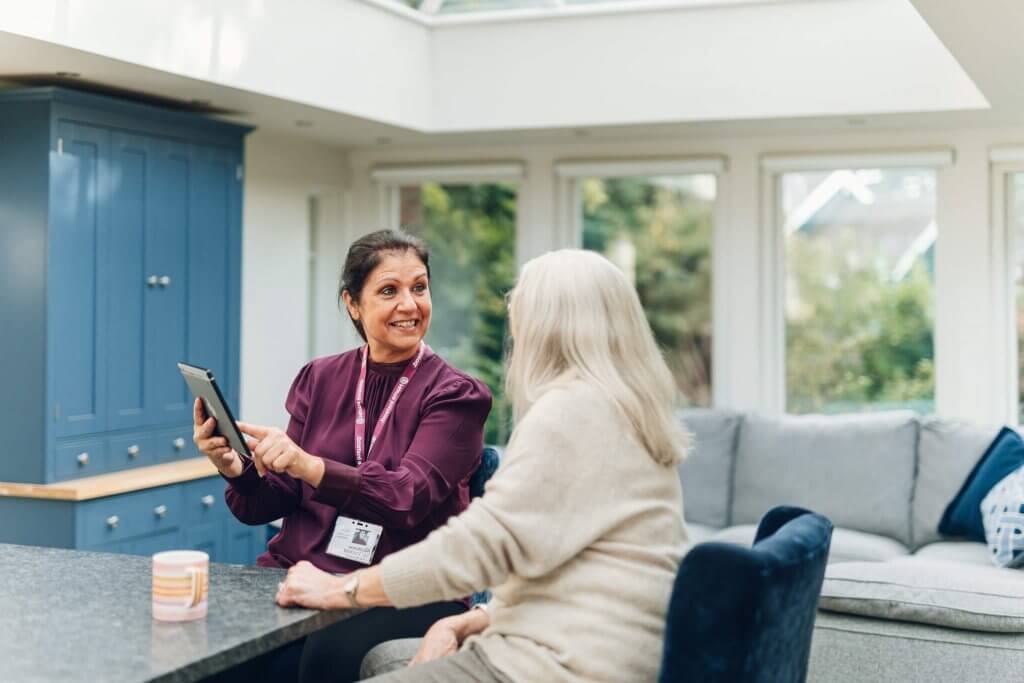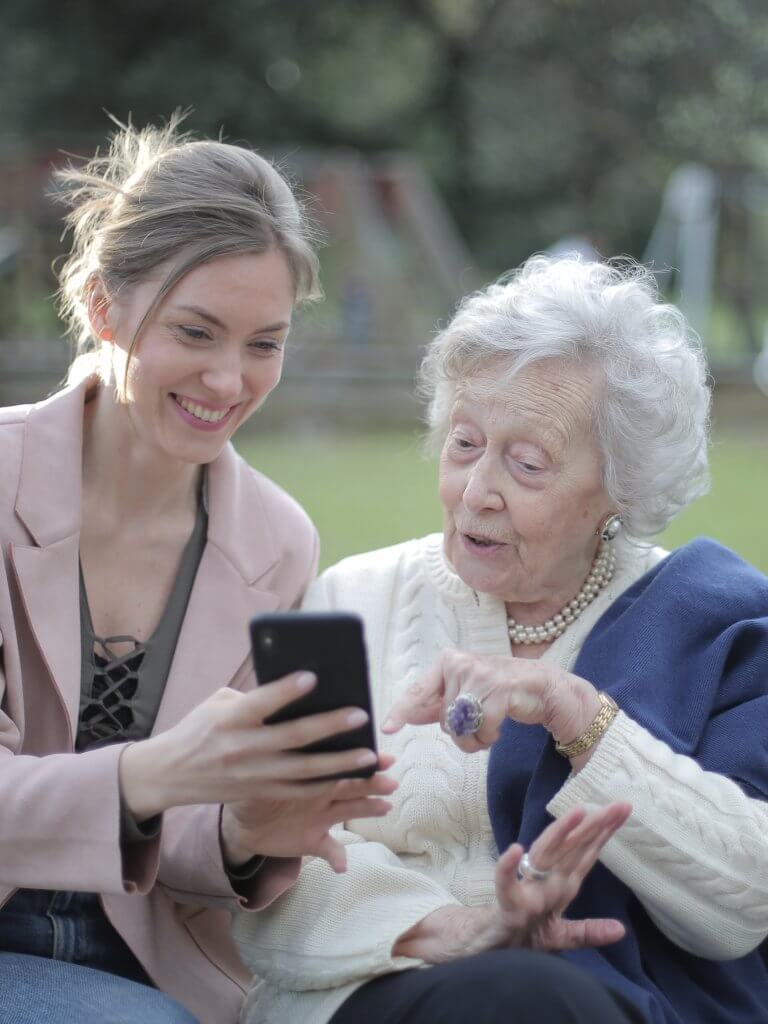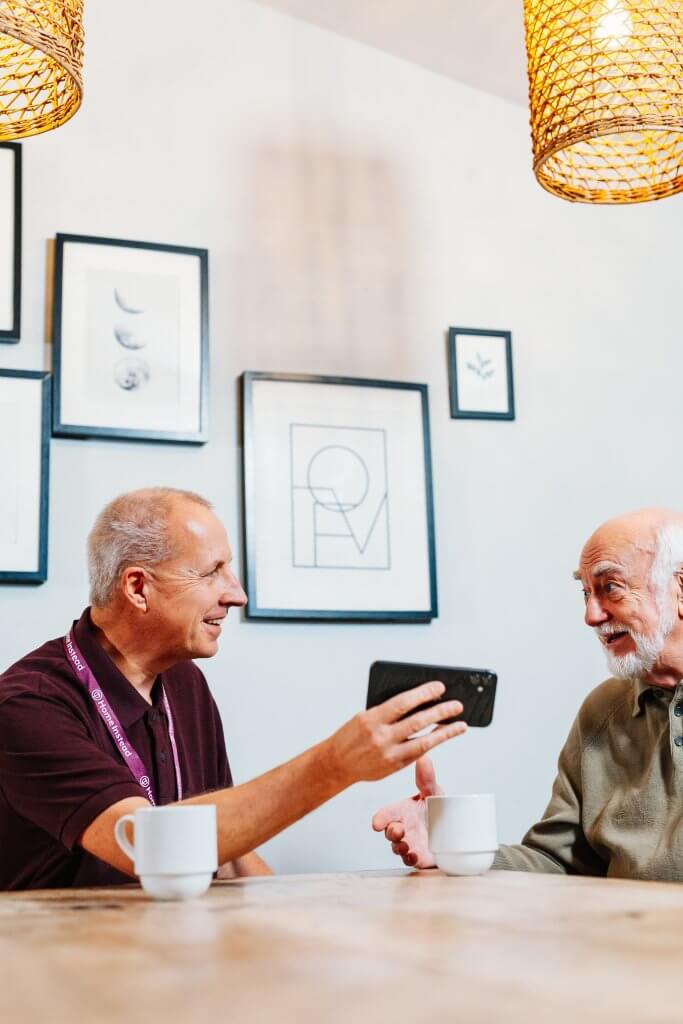Top apps for someone living with Parkinson’s

From walking and talking to communicating and controlling the home, technology today is supporting people with Parkinson’s through a range of easy-to-use apps.
In the UK, around 145,000 people are living with Parkinson’s. Symptoms of Parkinson’s develop slowly over the years and vary from person to person.
Most people own a smartphone or tablet today. With the development of digital assistance and digital health there’s a mixture of therapeutic apps, iPad games, apps for rehabilitation, speech therapy apps and apps specifically for Parkinson’s patients.
As most of us spend a considerable amount of time on our devices, this is a great way to put this time to good use by managing the symptoms of Parkinson’s and improving our lifestyles.
The apps all target one aspect of the condition of Parkinson’s including:
- Speech & Swallowing
- Communication
- Being active
- Doing things
- Thinking
- Clinical Support
- Eating and Drinking
- Healthy Lifestyle
- Vision
- Mood
- Pain
- Sleep
As with any app on the market, some are free and others are subscription based or offer in-app purchases for users.

Digital assistants
Today, the vast majority of us will have a smartphone that includes accessibility features, which can help with a range of impairments – and many are specifically helpful for people living with Parkinson’s.People experiencing tremors may find it useful having the chance to use their voice to perform tasks. Android phones include a text-to-speech feature so you can dictate using your voice. These phones also have Google Assistant, which when turned on you can activate by saying “Hey Google.”Similarly, an iPhone also comes with useful accessibility features. You can say “Hey Siri” to access the voice assistant. Once activated, you can, for example, say “open Safari” to launch a web browser or ask, “what’s the time.”Using a phone assistant, you can perform many tasks, including sending a text, answering messages, turning on the battery saver, and more.Home based voice assistants such as Alexa or Google are devices that respond to voice commands that can help with things like shopping and controlling the home environment. More than two-thirds of people (69%) use a voice assistant at least once a day.

Top apps
Some of the more popular apps suggested by Parkinson’s UK and the NHS include the five below:
- Moodistory: Monitor changes in your mood
Moodistory for iPhone and Apple Watch has a simple interface to help you track changes in your mood. The makers claim you can create a diary entry in “under 5-seconds, without writing a single word”. The calendar helps you track changes in your mood longer-term and identify patterns and triggers.
- KiNDEO: An app to capture your life story – and easy to use storytelling platform.
Recommended by Parkinson’s UK in its app library, KiNDEO by John Gilbey, whose father lived with Parkinson’s and dementia. The app allows people living with Parkinson’s to record life stories and fun moments to create meaning.
- Sleepio: a sleep app
Many living with Parkinson’s may experience sleep problems. Sleepio is a CBT (Cognitive Behavioural Therapy) app that aims to help you overcome long-term sleep problems. By downloading the companion app – your virtual sleep expert – you can learn cognitive and behavioural techniques, designed to get your sleep schedule, thoughts and lifestyle into shape.
- Breathe2Relax: stress management tool
This app includes exercises to help users learn the stress management skill called diaphragmatic breathing. Breathing exercises can decrease the body’s ‘fight-or-flight’ (stress) response and help with mood stabilization, anger control, and anxiety management.
- Cove: Music for mental health
Another popular app from Parkinson’s UK’s app library, Cove, is a clinician-approved app that helps you express how you’re feeling using the power of music. It works by allowing you to scroll and pick a mood that helps reflect how you’re feeling. You can then add chords, melody and percussion from a list of 30+ instruments. It acts as a way of recording your mood without words.
This blog is just a very brief a round-up of some assistive technology and apps, which may support you or a loved one. There are many OCHRA approved digital health assistants that can improve the daily lives of many people with Parkinson’s.You can find a range of iOS, MacOS and Apple Watch NHS approved apps here.Take a look at how our local Parkinson’s trained Care Professionals can support you or a loved one around the home.
